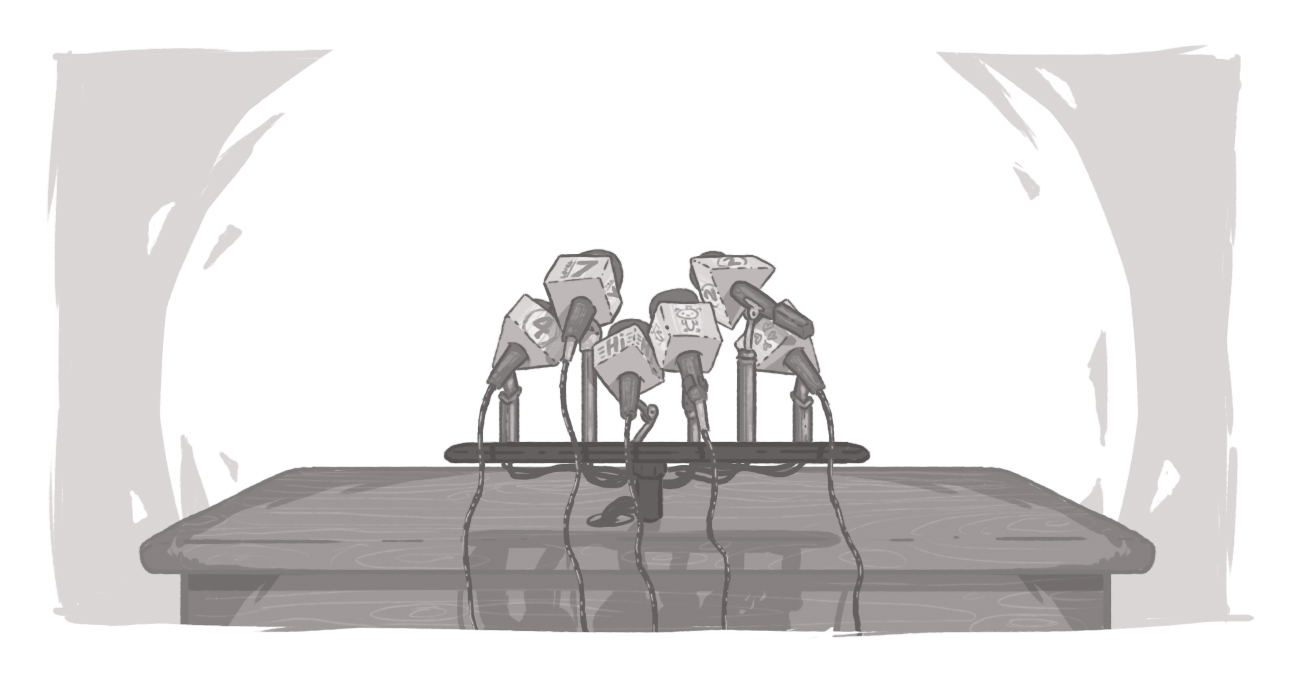Sharing Stories Using Their Own Words

The great thing about writing is that there's no one perfect way to do it. We all develop our skills and styles. As we progress through our career, we pick up additional tools and tricks. I won't lie and say that we, as writers, don't develop an ego about our abilities – but with experience also comes the ability to temper it and not impose that ego upon our clients.
"If too much of me leaks through, then I haven't succeeded," I wrote a couple of weeks ago when I talked about losing the crutches. And the best way to do that is to let the people about whom (or for whom) you're writing tell their own story.
In everything we do, from marketing to public relations to communications to advertising, we are telling a story.
Recently, Ragan Communication's PR Daily posted an article saying "3 reasons to paraphrase more – and quote less" that would appear to disagree with me to an extent.
And while the three reasons are valid, I feel they shouldn't be taken in isolation. In business, it's always best to let a human tell the story. And it's even better if that human is a customer.
Paraphrasing works well in delivering transitions. It's a trick we learn in reporting and it extends into our corporate lives. But paraphrasing also risks dehumanizing the business. It can sometimes be a cure to a symptom, rather than the disease.
Bad quotes aren't the problem, they're a symptom of a corporate malignancy. Biz Speak is a real problem. Empty statements designed to sound impressive but hold little to no content run rampant. Messages are not delivered with weight but rather volume, filling the expanse of a page or a site, but not carrying any relevant mass.
I'm just this guy, you know? In most business writing cases, I'm ancillary to the story – what Dunstable Ramsay would call Fifth Business: there to move the narrative forward, but not the main focus of the content.
Paraphrasing puts me in the story in a way that's not beneficial to the goal of humanizing a company or a product. So what are the solutions?
Get Better Quotes
If you're interviewing a CEO for a newsletter or working on the latest marketing copy, try to avoid the clichéd business terms. Don't re-write the quotes, but rather keep working on asking questions that get to the heart of the matter, where the honesty lies.
Every company in the world wants to leverage its resources to maximize return on its investment. But what sets you apart? What's the real difference? And, most importantly, what's in it for me as a customer?
Ideally your manager/interview subject will relax and start speaking like a human. In my corp comm past, I'd often hear those magical words: "Just write in some quotes on my behalf and I'll review/approve them." The point is don't settle for empty words. Put in a little more work to get past the empty fat and into the meat of the matter.
Let Your Customers Tell Your Story for You
Can't find the right words to describe the features and benefits in a compelling way? Your customers can.
Testimonials are gold. Social networking is almost as valuable. And while it can be a double-edged sword, there's tremendous value in the feedback you get (both positive and negative).
Customers are far more likely to trust peer-to-peer recommendations than anything you're going to throw at them from an advertising/marketing/PR perspective. Nothing carries more weight than a buddy telling you, "Hey, I used [Product X] the other day and it really worked well," or "Have you been to [Company Y]? I went last week and the service was amazing. You should check it out."
People trust people; they don't trust nameless/faceless corporations. So put some names and faces out there.
Keep it Short and Sweet
Paraphrasing is great in that it helps you to condense content – but sometimes it also encourages you to keep content that may not be relevant. Business communications, in particular, is known for exceptional use of extraneous information – it's important to the CEO, but really has little relevance to the end user.
Focus on the matter at hand and the WIIFM messaging (What's in it for me).
A Picture is Worth a Thousand Words
Quotes may work for certain things – articles, news stories, Facebook pages, and blogs. But we have to be realistic about their application in other forms of content. I wouldn't advocate a brand web page filled with quotes – but you can integrate testimonials throughout to highlight messages.
Just don't forget that images can say a lot. They can convey emotion, explain usage, and humanize your brand – as long as they're not to stock-y.
Just Stow the Ego
Coming out of university, I thought I was a better writer than I was. As I get older, I know how wrong I was. I now know what I don't know -- but I also know it's not about me. The difference is experience, humility, and understanding. What I know now is that the less of me there is on a client's page the better. Instead the focus should be on the written word, not the writer.
There's an amazing lyric in Leonard Cohen's Hallelujah that reads, "There's a blaze of light in every word." But that blaze of light is only fuelled by the spark of humanity – so make your words matter.
How do I incorporate quotes into my content?
How do I humanize my content?
SUBSCRIBE TO OUR E-NEWSLETTER
 Subscribe
Subscribe


